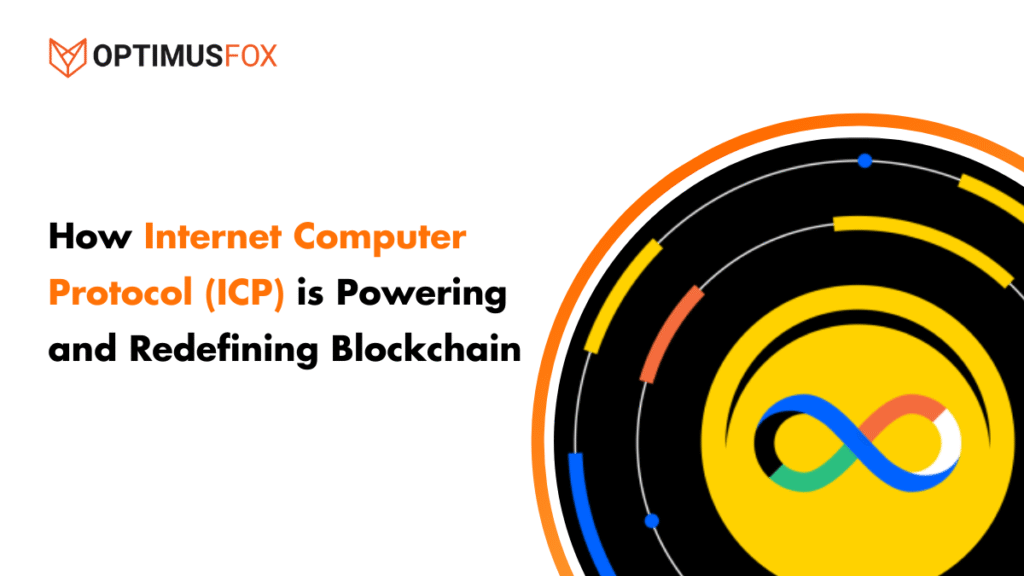How Internet Computer Protocol (ICP) is Powering and Redefining Blockchain

Introduction The Internet Computer, or ICP technology, has mixed perceptions online. Some people consider seeing only the fluctuations in its token price, while others are excited to know if it is a revolutionary technology to transform the internet. To clear up confusion, we will break down the concept of ICP into what is icp, how icp works, its features and how it redefines or powers blockchain. Before we start we need to clear up some things because the internet computer refers to three different things. First is a network, the internet computer is a decentralized cloud. Next is a token, ICP is a cryptocurrency and you can buy it on exchanges and trade it like any other token that has utility in the network. You can burn and stake it and you can earn rewards for it. The third one is the program, ICP stands for Internet Computer Protocol which is a program. It runs in the nodes that power the network. Moreover, the code is open source. Developers can find it online. The code is currently maintained by Dfinity foundation but other contributors are welcome to participate in maintaining the nodes. Let’s understand the Internet computers and why it was needed in detail: Smart Contracts and Their Limitations Traditional ecosystems like Ethereum use smart contracts. They are self-executing contracts that enable dApps to function. The major drawback was that they required intermediaries and wallets. They also charge transaction fees to users which introduce risks like censorship and centralized dependency. The Need For ICP ICP is a blockchain network that facilitates the development of Internet services. It uses a secure and decentralized protocol designed to surpass the limitations of traditional smart contracts. ICP protocol uses nodes to communicate over the Internet to create a cohesive, decentralized network called the Internet Computer. On top of the ICP network developers can create dApps called canisters. Canisters operate as a WebAssembly module that can be considered as an ICP solution to solve the limitations of traditional smart contracts. Picture: Do you know? Internet Computer (ICP) after Bitcoin and Ethereum is the third great innovation in blockchain. How ICP Works In simple words, The Internet Computer Protocol (ICP) provides a decentralized environment for hosting and running web applications. It enables a new generation of internet service including a network of nodes, a decentralized consensus protocol, and a distinctive approach to application hosting. Here’s a breakdown of how ICP works: 1. Decentralized Network and Node Structure The Internet Computer has nodes hosted in independent data centers worldwide. These nodes form a cohesive, decentralized network by communicating over the internet. ICP organizes these nodes into subnets. Each subnet manages multiple canisters(apps). Subnets can operate independently which allows the network to scale easily by adding new subnets as needed. 2. Canisters as Next-Gen Smart Contracts Traditional smart contracts have limitations which canisters solve. These modules enable developers to create internet-scale applications with advanced functionality. Users interact with these canisters by sending messages, which can trigger actions such as transferring tokens, posting on social media, or interacting with other decentralized applications. This module eliminates the need for centralized servers and reduces intermediary reliance for more seamless user experiences. 3. Reverse Gas Model The computation cost is covered by a canister itself in an ICP which is called a reverse gas model. This model allows users to interact with decentralized applications without paying transaction fees. As a result, it enhances accessibility and user experience. 4. Scalability and Consensus Protocol The Internet Computer have a unique threshold cryptography consensus protocol. Unlike traditional proof-of-work (PoW) or proof-of-stake (PoS) models, each subnet maintains a public key, and nodes work together to validate messages. It ensures network security even if some nodes act maliciously. This protocol supports secure and decentralized validation to make the network scale smoothly with each additional subnet. 5. Network Nervous System (NNS) ICP has its decentralized governance mechanism which is called Network Nervous System. NNS manages the public keys of all subnets which allow users to verify transactions without downloading the entire blockchain. In addition, NNS enables governance of the network that changes and upgrades itself to align with the community’s interests. Traditional Blockchain Challenges Blockchain technology has revolutionized itself across industries providing the finance industry with transparent transactions to secure data storage. With all this transformation, traditional blockchains like Ethereum and Bitcoin face significant limitations that are hindering scalability and user experience. Here are some of the challenges: 1. High Transaction Fees Let’s take an example of a traditional blockchain like Ethereum. Users have to pay transaction fees (gas) for each interaction with decentralized applications (dApps). Moreover, the cost fluctuates with network demand. Sometimes cost of transactions is high, sometimes low. This limitation of blockchain accessibility and fee structure creates a barrier for both users and developers. 2. Slow Processing Speeds Some blockchains struggle with the speed required for real-time applications. Do you know, that Bitcoin’s average transaction confirmation time is around 10 minutes, and Ethereum, while faster, typically processes transactions in 15-20 seconds? Some applications require immediate interactions and these delays impact usability and deter mass adoption. 3. Dependency on External Servers for Hosting dApps that are built on blockchains like Ethereum need centralized web servers to host their front-end interfaces. It creates a dependency on external cloud providers. This reliance can lead to censorship risks, increased operational costs, and decreased decentralization. 4. Limited Interoperability Traditional blockchains are siloed ecosystems that cannot interact directly with other blockchain networks. Users and developers face difficulties and have to rely on third-party bridges and mediators to transfer assets or data between networks. As a result, it is a challenge with increased security risks and complexity. 5. High Storage Costs Another common challenge of traditional blockchain is data storage being costly. Developers find it difficult to build data-intensive applications on-chain. Because storing large datasets like media files and transaction records is generally impractical due to high costs and limited on-chain capacity. 6. Energy-Intensive Consensus Mechanisms Proof-of-work (PoW) consensus algorithms like

 Chat with us
Chat with us